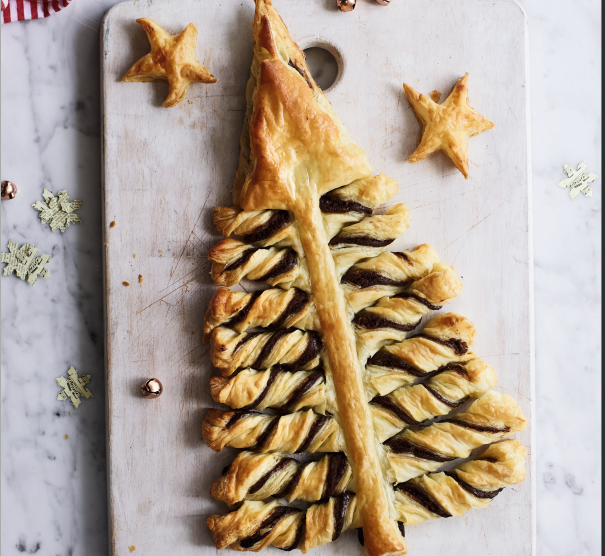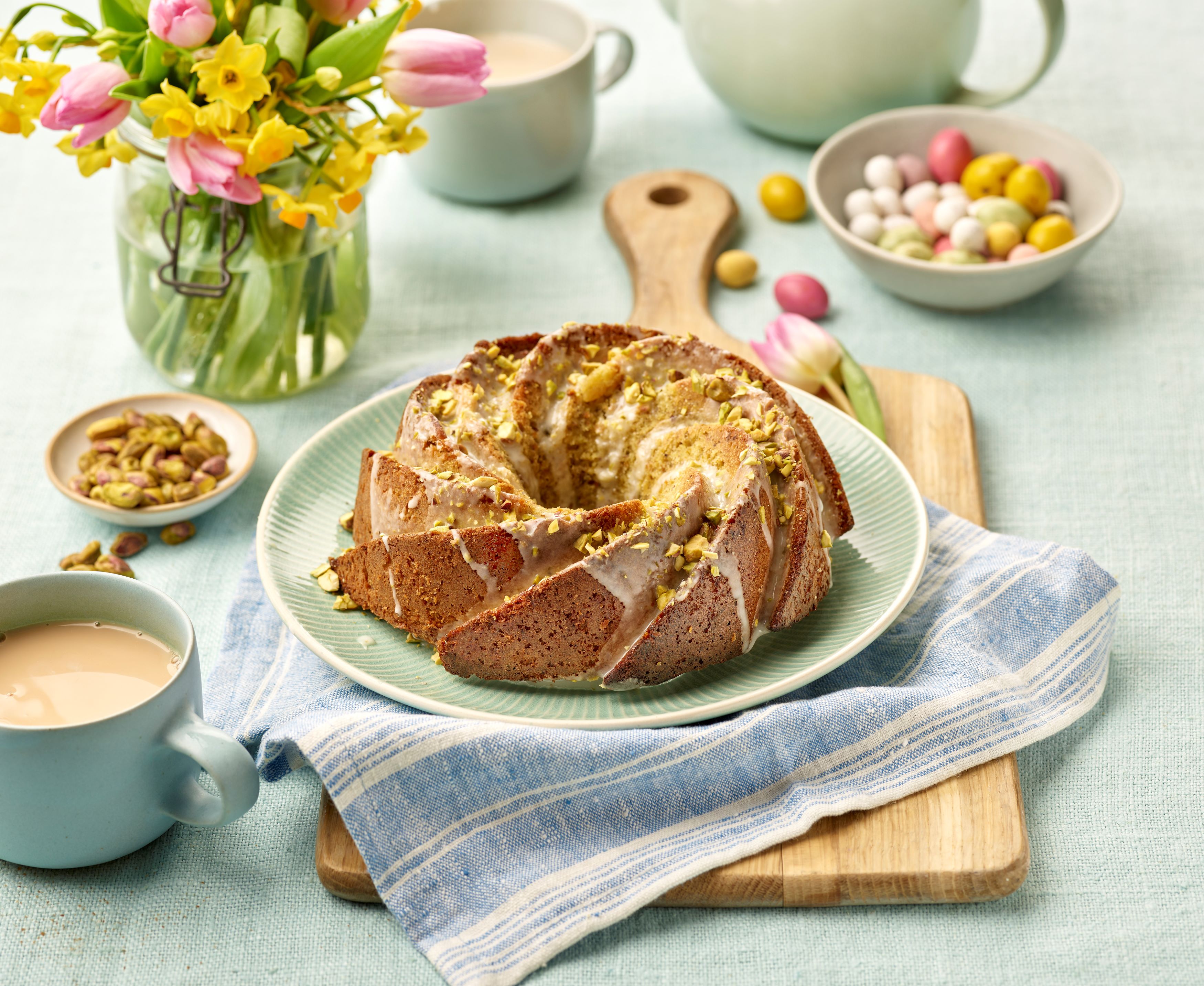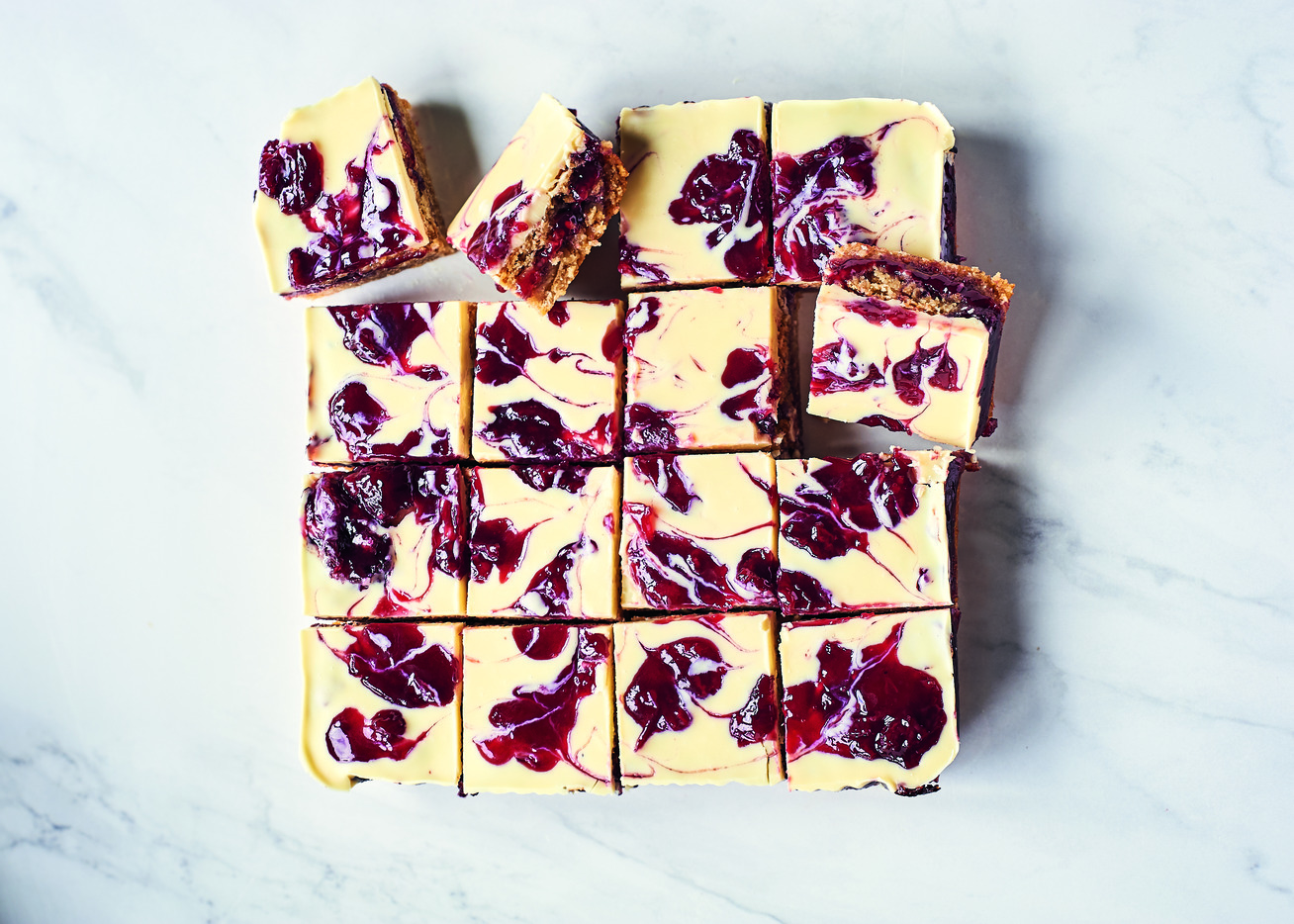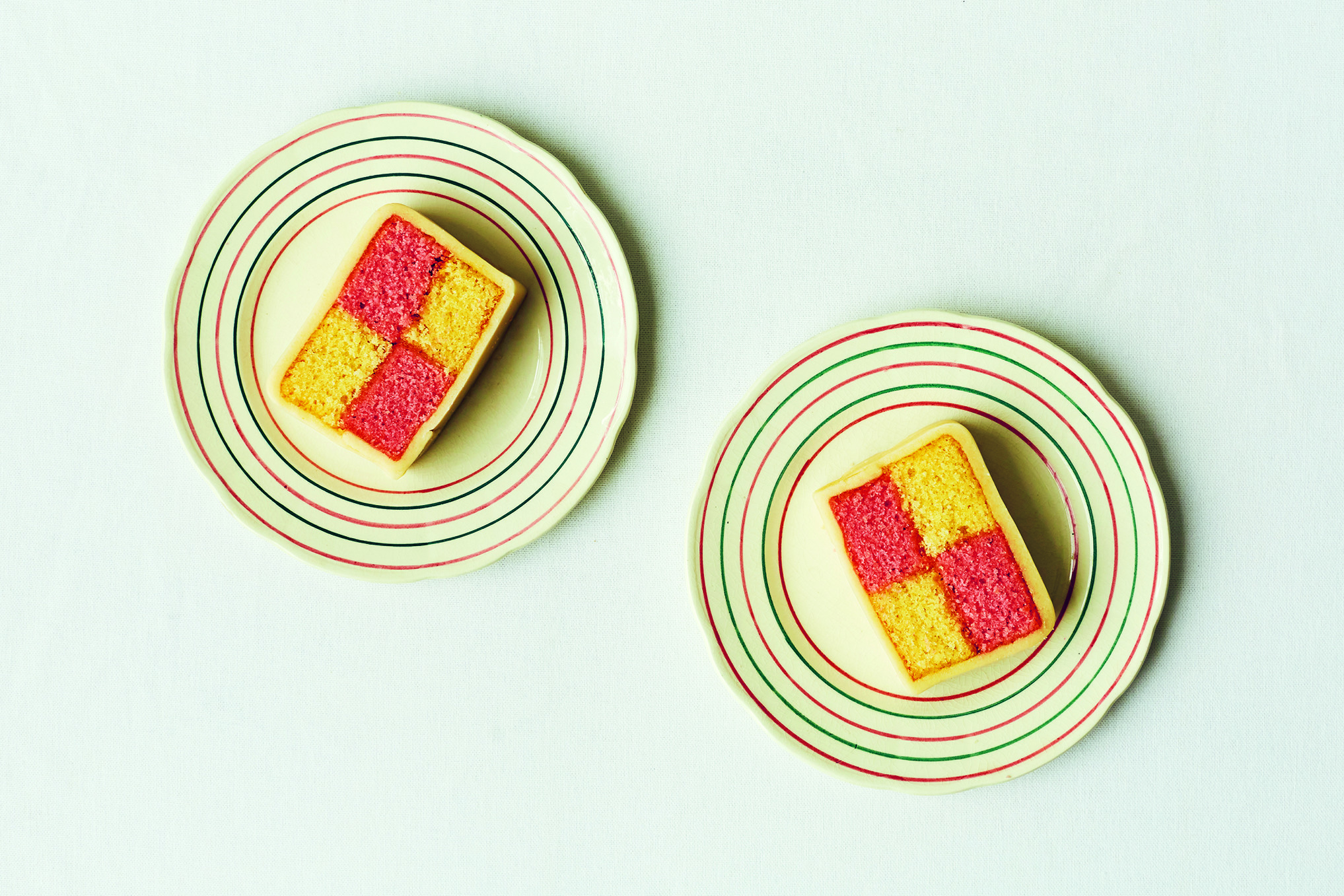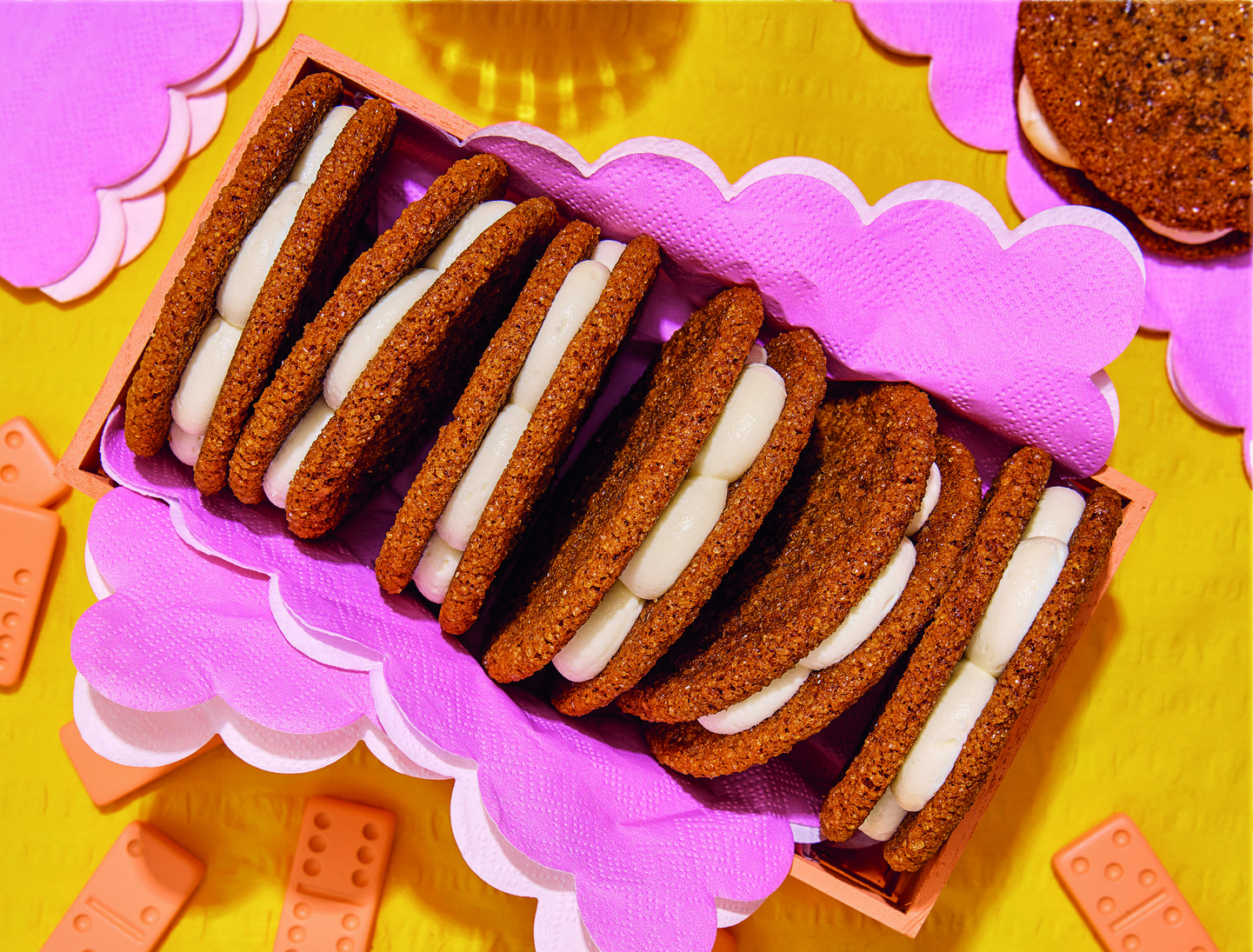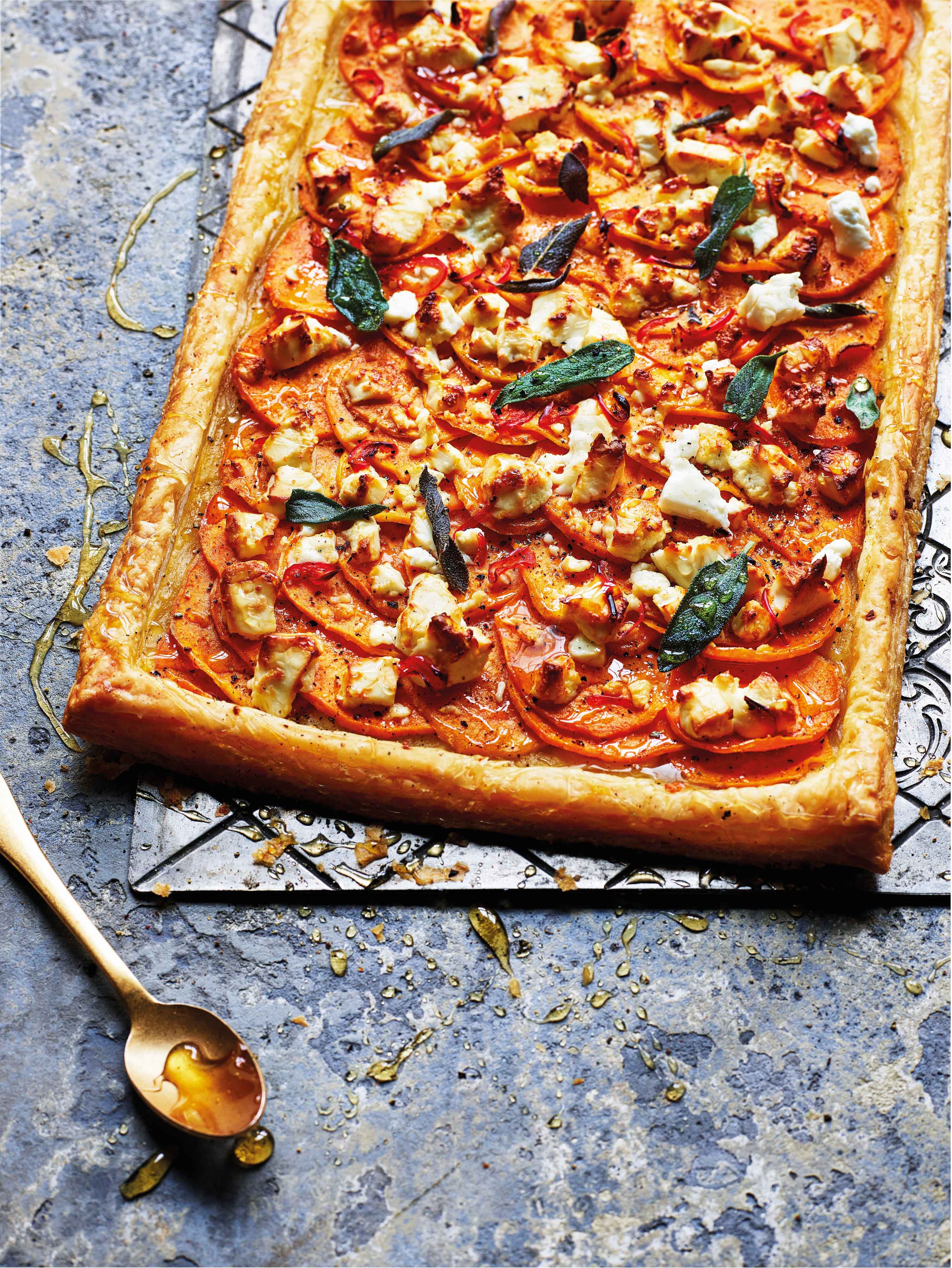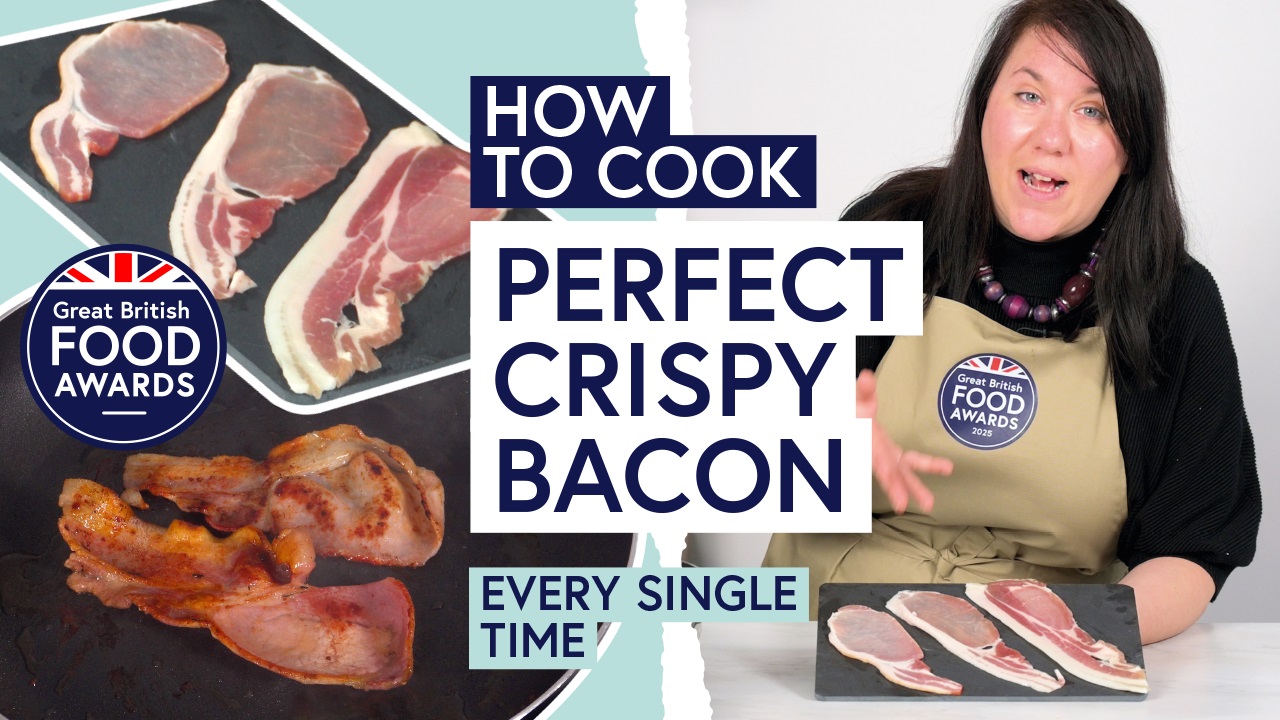Raymond Blanc’s ‘Apple Tart Maman Blanc’

Raymond's mother, Maman Blanc, has heavily influenced his cooking with her rustic yet delicious cooking. This is one of our favourite recipes for apple pie – to Raymond, the success lies in the type of apples you use. He recommends heritage varieties such as Egremont Russet, Lord Lambourne, Jubilee and D’arcy Spice, if you can get hold of them. If not, those listed in 'ingredients' work well!
20 minutes, plus cooling and resting prep, 20 minutes cook
Serves 6
Ingredients
For the pastry dough:
250g plain flour
Pinch of sea salt
125g unsalted butter, diced, at room temperature
1 medium free-range egg
1 tsp cold water
For the filling:
15g unsalted butter
½ tbsp lemon juice
65g caster sugar
½ tbsp Calvados (optional)
3–4 Cox’s Orange Pippin, Worcester, Russet or Braeburn apples, peeled, cored and cut into 10 segments per apple
100ml double cream
1 medium free-range egg
1–2 tbsp icing sugar, for dusting
Method
To make the pastry, use a food processor to pulse together the flour, butter and salt until you reach a sandy texture. Add the egg and water, and pulse again.
Transfer the dough onto a lightly floured work surface and knead with the palms of your hands for 30 seconds, or until the dough is smooth and well combined.
With the palm of your hand flatten the dough to 1 cm thick, then sandwich it between two large sheets of cling film. Chill the dough in clingfilm in the fridge for 30 minutes.
Preheat the oven to 220°C, Gas Mark 7. Place a baking tray into the oven to preheat.
Roll out the chilled dough, still sandwiched in cling film, to a 2 mm thickness.
Place a 22 cm diameter, 2 cm deep tart ring on a baking tray lined with greaseproof paper. Remove the top layer of cling film then carefully turn the dough over and drape it into the tart ring with the second layer of cling film facing up.
Press the dough fully into the ring then discard the cling film. Trim off any excess dough.
Press and pinch with your fingers to raise the height of the dough edges to 2 mm above the tart ring.
With a fork, prick the bottom of the tart. Chill in the fridge for 20 minutes.
Meanwhile, make the filling mixture by heating the butter, lemon juice and 15 g of the sugar in a small saucepan until the butter has melted and the sugar has dissolved. Remove from the heat and stir in the Calvados. Set aside.
When the tart case has chilled, arrange the apple segments in concentric circles, overlapping the slices as you go then brush the apples all over with the Calvados mixture. This will intensify the apple flavour of the tart.
Slide the tart ring onto the preheated baking tray and bake for 10 minutes.
Reduce the oven temperature to 200°C, Gas mark 6, then continue to cook for a further 20 minutes, until the pastry is pale golden brown and the apples have caramelised.
Whisk together the double cream, egg and the remaining 50 g caster sugar. Pour into the tart and bake for a further 10 minutes until the custard mixture has just set.
To serve, remove the tart from the oven and set aside for 1 hour to cool slightly, then carefully remove the tart ring. Dust with icing sugar and serve immediately. It tastes great with a dollop of creme fraiche.
More recipes to try
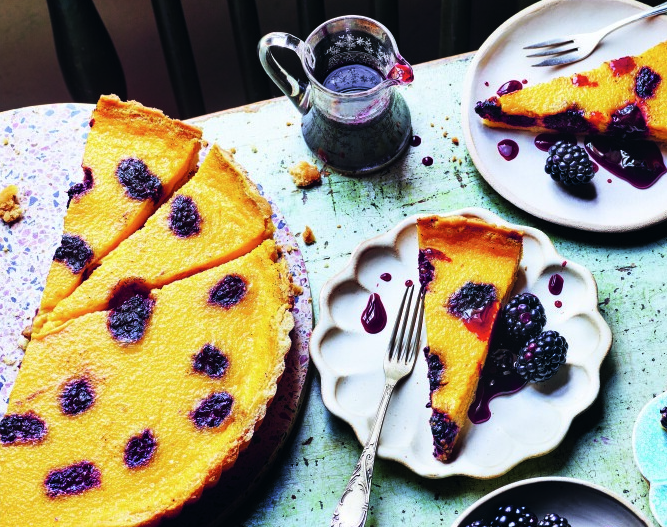
20 minutes plus chilling time
Serves 6-8 slices
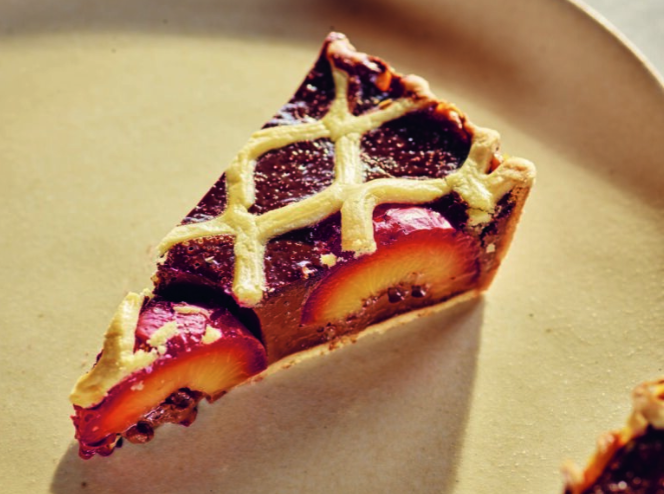
30 minutes
Serves 6-8
Great British Food Awards
Tasting videos

3 of the best biscuit and tea pairings
Treat yourself by discovering three decadent ways to match award-winning biscuits with tea
